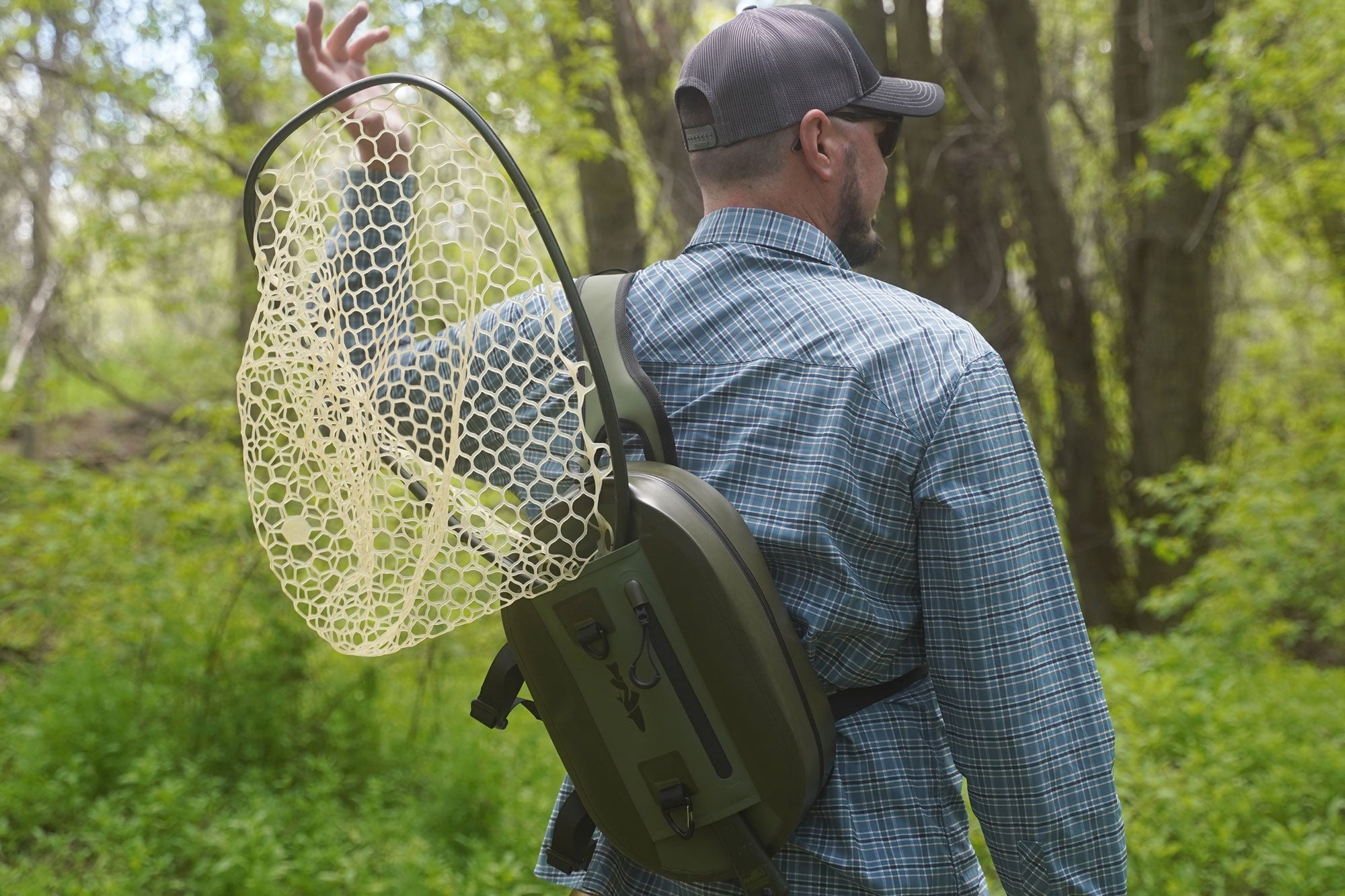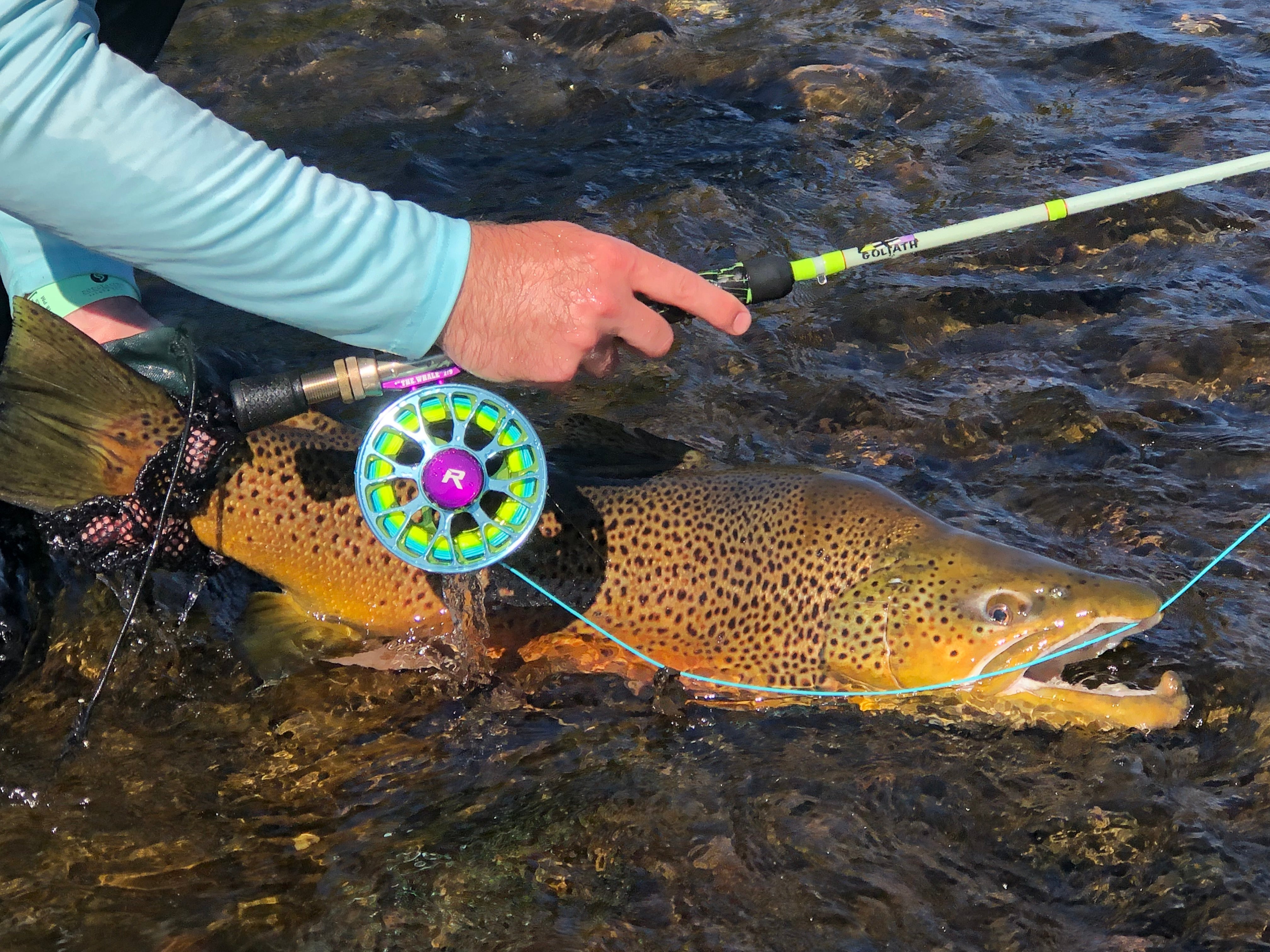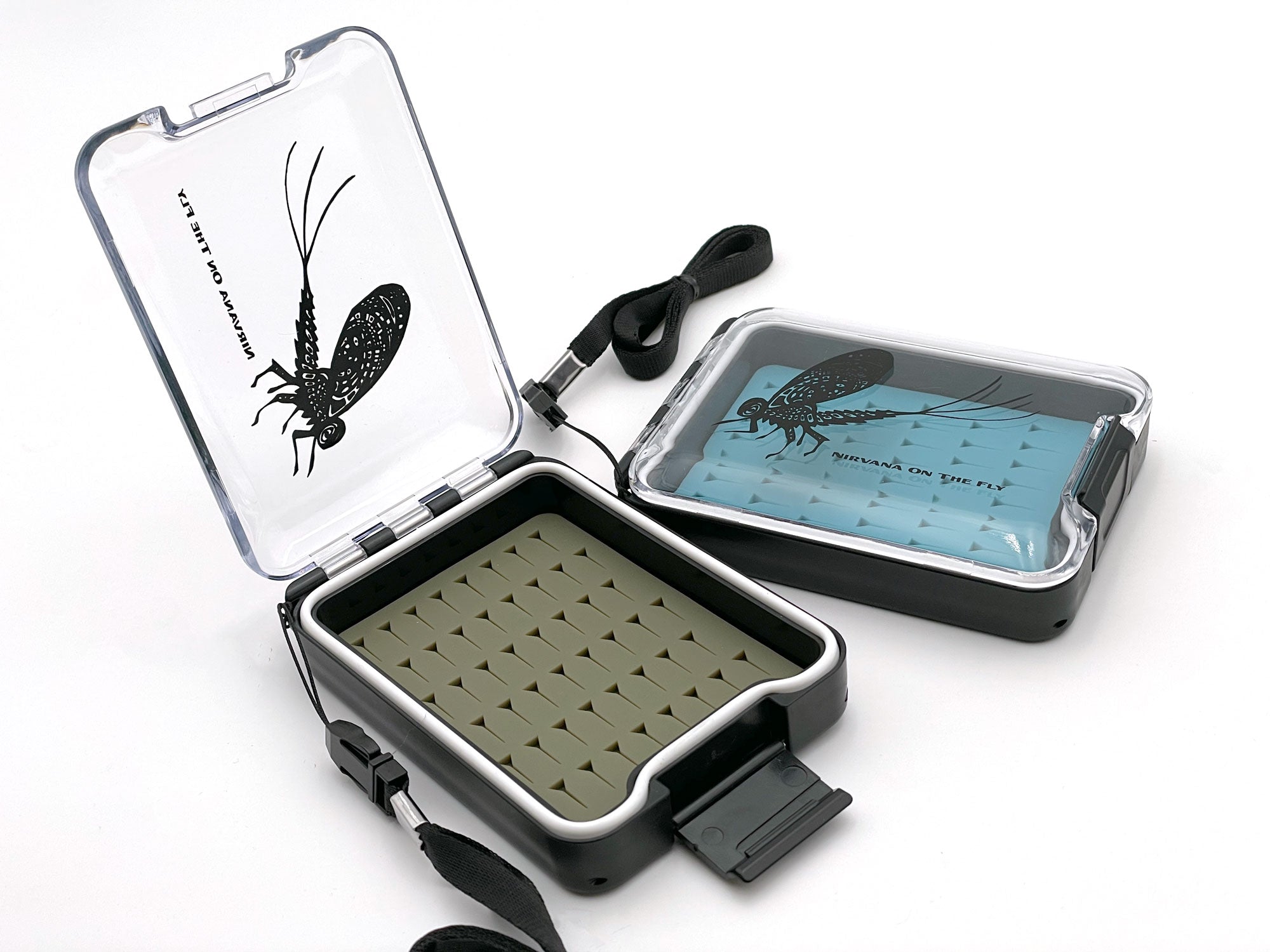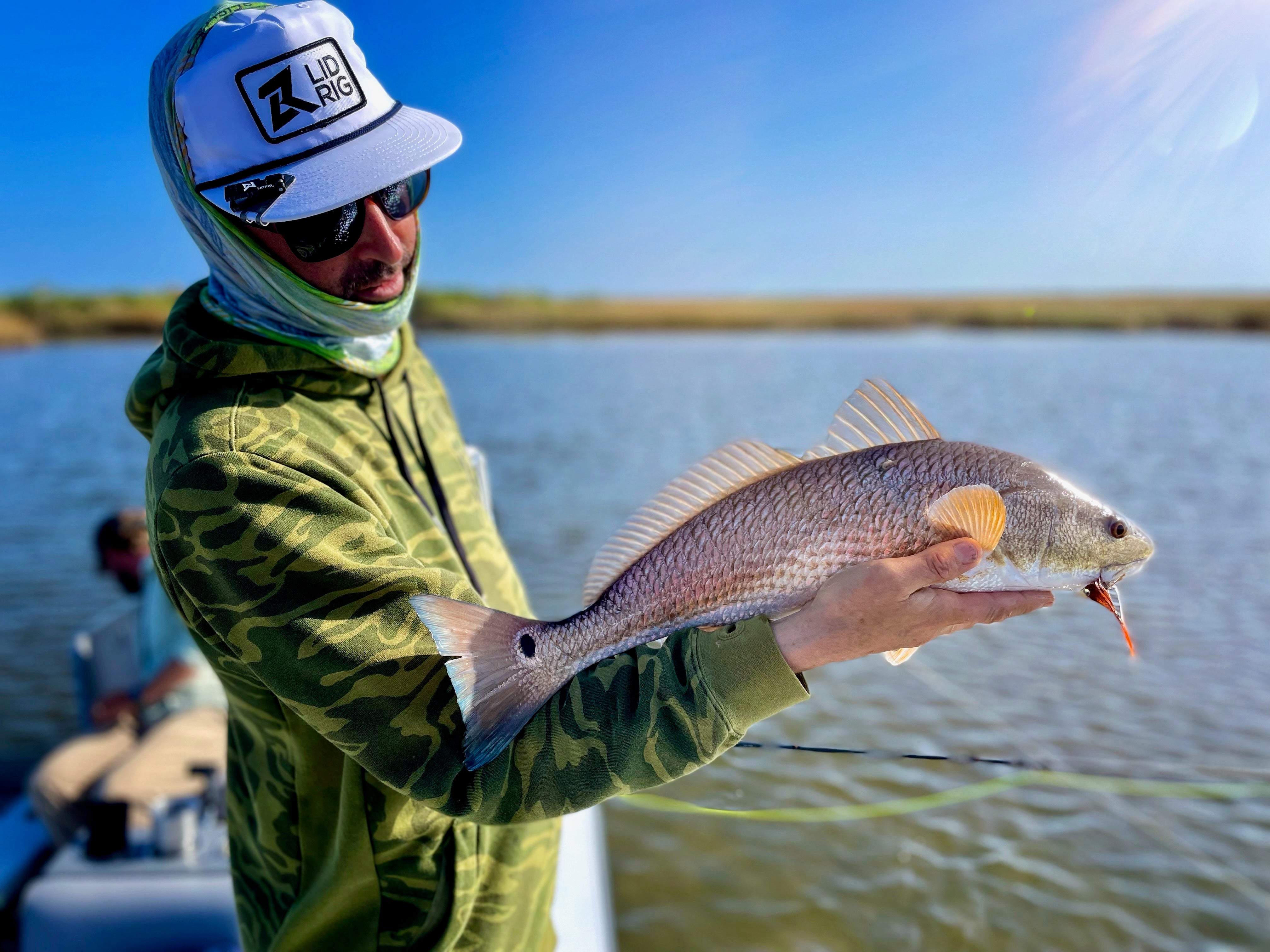Roosterfish Fly Fishing
Let's start by addressing several FAQs for fly fishing anglers targeting Roosterfish. By addressing this up front will likely answer most of your questions and allow you to read the remaining enjoying the true nuances of the species.
- What is the best time of year to target Roosterfish?
- What are the best locations for fly fishing Roosterfish?
- What type of fly gear is recommended for Roosterfish?
- What fly patterns are most effective for Roosterfish?
- What techniques should be used when fly fishing for Roosterfish?
- How do I identify good Roosterfish habitat?
- What are the typical fighting characteristics of Roosterfish?
- Is catch and release recommended for Roosterfish?
- Can I target Roosterfish from the shore?
- Are there any special conservation considerations when targeting Roosterfish?
Roosterfish
Roosterfish (Nematistius pectoralis) are renowned for their distinctive dorsal fins and powerful builds. Found primarily in the Eastern Pacific, from Baja California to Peru, these fish are a favorite among sport fishermen for their fighting prowess and striking appearance. Instantaneous observation marks the cock like dorsal fin, and broad shoulders combining to make the blistering speeds and savage eats.
Biology and Physical Characteristics of Roosterfish
Anatomy and Physiology
Dorsal Fin: The most notable feature of the Roosterfish is its seven long dorsal spines that can be raised and lowered. When raised, they resemble a rooster's comb, hence the name. If you have seen one pierce the surface of the water then you are a lucky person. It will make the hair on your arms stand up.
Body Structure: Roosterfish have a streamlined, elongated body, adapted for bursts of speed. They typically grow to about 4 feet in length, but can reach up to 5 feet. Although streamlined they are head heavy and shoulder strong.
Coloration: They exhibit a silvery blue color with distinct black stripes running vertically along their sides. The iridescent hues glisten when exposed to sunlight.
Diet and Feeding Habits
Predatory Nature: Roosterfish are aggressive predators. Their diet primarily consists of smaller fish, such as mullet, sardines, and anchovies. They can be seen darting to baitfish and eating faster than you can imagine.
Feeding Techniques: They often chase their prey inshore, using speed and agility, and can be observed making dramatic, powerful runs in shallow waters. This feeding strategy makes them an ideal target from the shore as well as from a panga.
Habitat and Distribution
Geographic Range: Roosterfish are primarily found in the Eastern Pacific, from Southern California down to Peru. The Sea of Cortez can hold some of the largest populations and sizes of Roosterfish found.
- Preferred Habitats: They thrive in inshore waters, often in close proximity to beaches, rocky points, and islands. They are also known to frequent estuaries and bays.
Behavior and Life Cycle
Spawning Behavior: Roosterfish are known to spawn offshore. The details of their spawning behavior are still being studied, but they are believed to release a large number of eggs into the water column. This spawning can lead to migratory behavior for bull Roosterfish. These bulls typically tend to migrate to fertilize a new brood but return in mid-May through July.
Growth and Lifespan: They grow rapidly during their first few years and can live up to 10 years and 40+ pounds. Although rapidly, they grow far slower than a Mahi Mahi and are revered when reaching size.
The Challenge of Fly Fishing for Roosterfish
Fly Fishing Appeal: Roosterfish are a highly sought-after game fish due to their fighting ability and striking appearance. They are known to put up a vigorous fight when hooked, making them a prized catch among sport fishermen.
Fishing Techniques: Popular methods for catching Roosterfish chumming to the surface from a boat with live bait then bait and switch casting with a fly. Pure sight fishing along the shorelines is also a common and exhilarating technique. However, the second method takes far more agility and physical conditioning than the first. When feeding the fish your fly never stop stripping until you see and feel the fish go the other way. The speed of these fish will often confuse you as you’ll see the fly go into the mouth as the rocket towards you but are not hooked until they turn. Stay calm and continue stripping.
Conservation and Environmental Impact
Threats and Conservation: While not currently considered endangered, Roosterfish face threats from overfishing and habitat loss. Responsible fishing practices and habitat conservation are crucial for their sustainability. This is especially important when caring for the larger fish within the species as spawning cycles are important in this nature.
Role in Ecosystem: As predators, they play an important role in maintaining the balance of their marine environment by controlling the population of smaller fish species.
***Learn tons more about Roosterfish on the IGFA website.
Roosterfish in Culture and Recreation
Cultural Significance: In regions where they are found, Roosterfish are an iconic species, celebrated in local art and culture. Known as “El Gallo” in Mexico the fish are happily greeted with smiles and jubilation.
Recreational Fishing: The pursuit of Roosterfish is a popular tourist activity, contributing to the local economies of coastal communities. Many small villages are completed supported by fly fishing. Our ability to help educate conservation can deeply affect the longevity of these areas and the Roosterfish.
Wrapping It Up
Roosterfish are not only an exciting challenge for anglers but also an important species in their native marine ecosystems. Understanding their biology, behavior, and habitat is key to both enjoying and conserving this magnificent species. As we continue to explore the depths of the ocean, the Roosterfish remains a symbol of the beauty and mystery of the marine world. Take a few books to the village you stay in, talk to the guides about conservation, and share your stories when you get home. Invite your friends to do the same and let’s keep this tradition alive and the Roosterfish out of harm's way.
The El Gallo Fly Fishing Lodge is my go to for catching Roosterfish. Donnie Price has made himself a renowned expert on Roosterfish and his lodge is located in the ideal place for bull roosterfish and a chance to catch a world record size trophy fish.
For 10% off your booking reference code "FFIPodcast" and the Fly Fishing Insider Podcast!
Here is an article on El Gallo Fly Fishing Lodge.
Download Essential Elements of Destination Travel for Anglers


By Christian Bacasa
Host of the Fly Fishing Insider Podcast
www.ffipodcast.com
@flyfishinginsiderpodcast
@dupeafish






